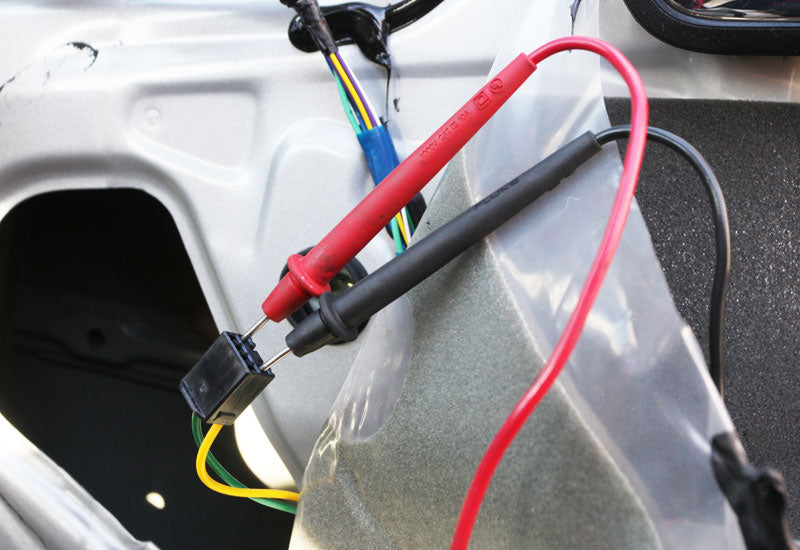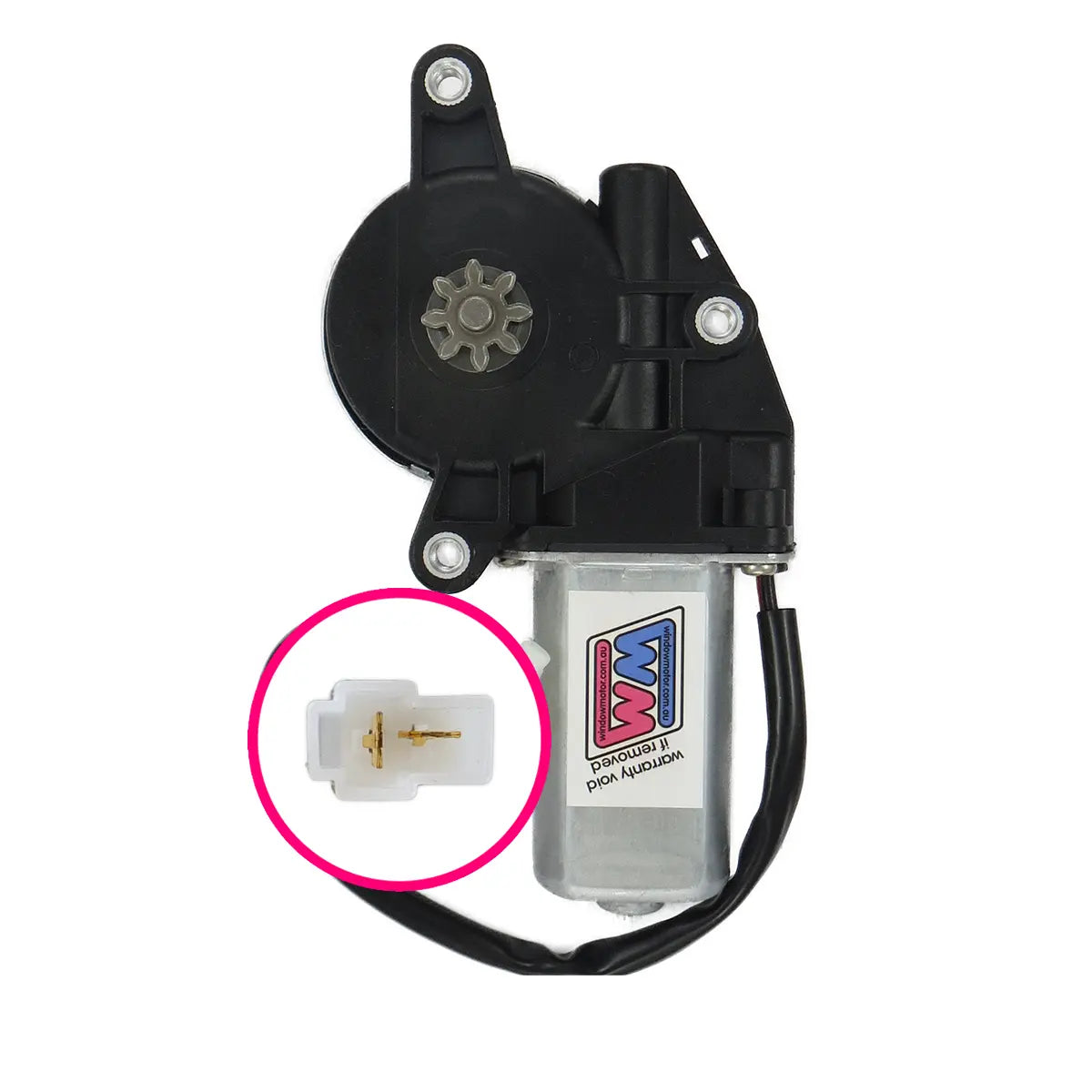
How To Test A Window Motor
Share
Why It's Important to Isolate and Test a Window Motor Before Replacing It
When a power window stops working, it’s tempting to jump straight to replacing the motor. But more often than not, the fault lies elsewhere — like a worn switch, damaged wiring, or a blown fuse. That’s why it's crucial to isolate the window motor and test it directly before spending time or money on replacement parts.
By bypassing the vehicle’s internal wiring and applying power directly to the motor, you can confirm whether the motor is actually faulty — or if something else is preventing it from working.
This type of direct testing is especially useful before submitting a warranty claim. It rules out other issues and proves whether the component itself has failed.
In this case, we left the motor installed in the door and used a 12V power source with some wire to bypass the switch and vehicle wiring. This allowed us to test the motor in place, without needing to remove it from the vehicle.
Step 1 - Remove inner door card and locate window motor
Step 2 - Locate window motor plug and disconnect to isolate the motor from the vehicles electrical system


Step 3 - Apply 12 volt power directly to the window motor, the motor should spin in one direction, switch the polarity and the motor should spin in the opposite direction.
*Handle with care—live wires can cause sparks, fire or an explosion.
Do not allow the two wires to touch once connected to the battery. Treat them as live cables.


With power applied directly to the motor terminals, it spun freely. Reversing the polarity confirmed it worked in both directions — up and down — which told us the issue was elsewhere in the system.
For comparison, we also bench-tested a motor using a very basic setup: a 12V car battery, a couple of wire off cuts, and the motor completely removed from the vehicle.
It’s not the ideal test rig, but it proves the point — even with limited tools, you can get a clear answer about whether the motor works.
An example of an extremely basic setup:

If the window motor operated correctly in both directions then the fault is somewhere in the vehicle and not with the window motor. Start by checking fuses, window switch / child lock, regulator operation and window alignment.

